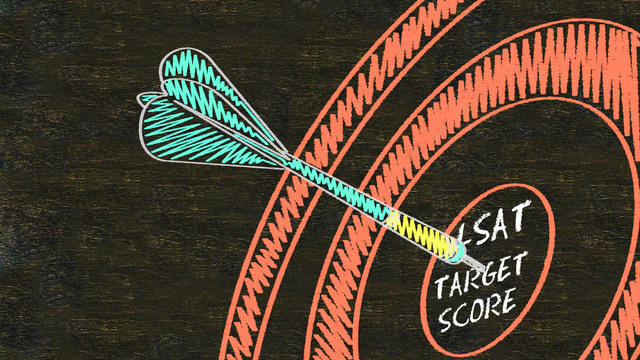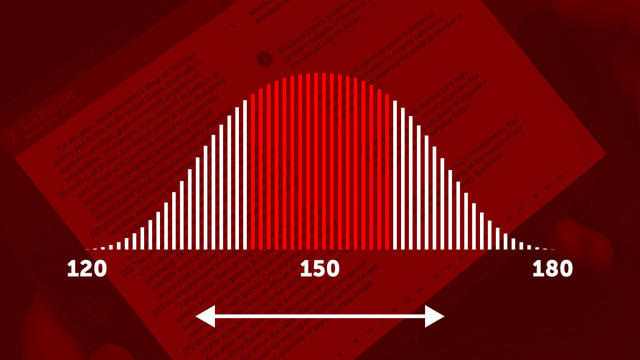After facing yet another stagnant practice LSAT score, many LSAT Prep students believe that their problem lies in the lack of time put into their LSAT prep. They inevitably push themselves even harder, taking back-to-back Reading Comprehension sections, reading hundreds of Logical Reasoning questions and completing Logic Game after Logic Game until they have fatigued their minds and disgusted themselves with the LSAT in general. This is not the key to break through a stagnant LSAT score. It will only tire you out. You want to strive to optimize your study time, rather than merely add extra study hours to your LSAT prep, which, at some point, will diminish the returns of your study time. Rather than driving home the word “more,” try asking yourself “why?”
The key word here is “why.” Ask yourself why you chose the answers you chose, and how you could have done better. Analyzing LSAT questions is an essential step in reaching your target score—and yet it is a step many choose to skip. After your next practice LSAT, take a quick break to reenergize your mind and then sit down for a complete and detailed analysis of your work. Be meticulous with your analysis. This is where you will gain the insight to break down that LSAT-score wall.
I usually just go through the exam chronologically. Go over every question. Even those students who do analyze LSAT questions usually only review the questions that they’ve answered incorrectly. But, the key is in analyzing the answers that you chose correctly! Go over each correct answer and ask yourself why you chose that answer over the other ones. Identify the technique you used in choosing the correct answer choice. Make sure to go through each wrong answer choice and identify why you did not choose it, i.e. why it is incorrect? As you continue to identify wrong answer choices during your analysis, you will soon see that the wrong answer choices (i.e. LSAC's tricks and red herrings) will become more and more evident to you during your practice exams.
You should have a similar approach with the questions you answered incorrectly. Go over the question and identify what went wrong—either you missed a word, a rule, a line, or, possibly, the entire argument. Make a note of what it was that stumped you. For example, I had a student who would always read over the word “except.” Once she identified this pattern, she slowed down her pace while reading the question stems, and made sure to note whenever she encountered the word. Especially during the beginning of your LSAT prep, make sure to slow down your pace if you find that you are running through prompts quickly and missing key words and/or rules. Focus on getting the questions right before worrying about getting them right under time pressure.
Once you’ve gone over your exam, make a note of which sections you did well on and which sections you did poorly on. Delve deep into each section and see whether you can identify specific question types that are bothering you so that you can focus on those. The best part about LSATMax is that our analytics will do a lot of this work for you. It will tell you specifically which sections and question types you need to focus on more. LSATMax will also keep track of your analytics over time so you can watch your progress over the next few months of studying.
Remember that it’s completely normal to hit a wall with your LSAT score. All it means is you need to get back into gear with the analysis of your prep. Consistent analysis will help you stay on top of your LSAT score trajectory. Hope you found this helpful!
Happy Analyzing!











